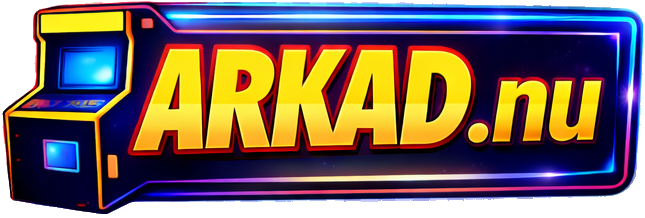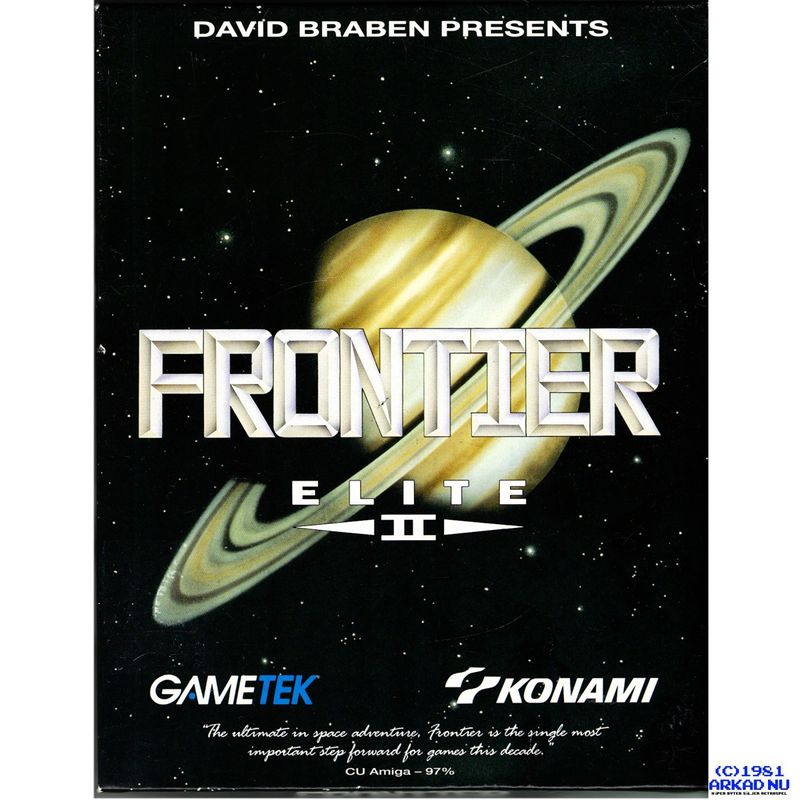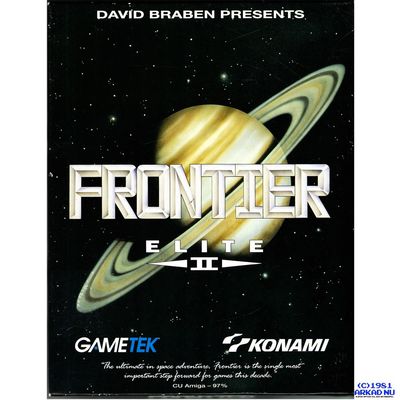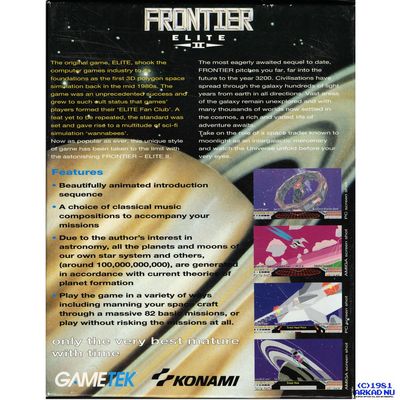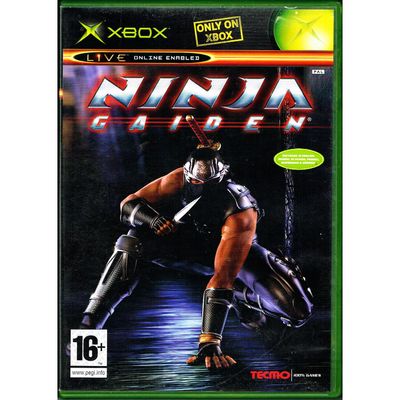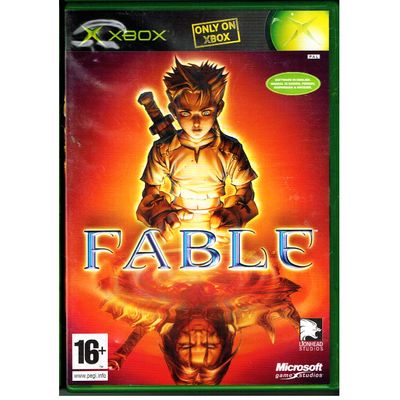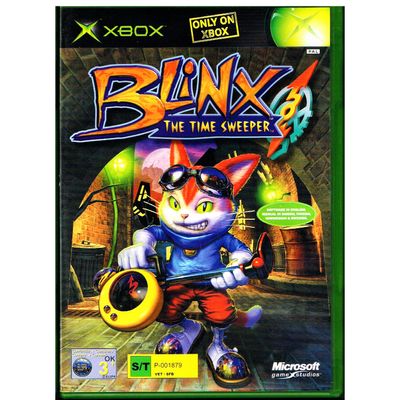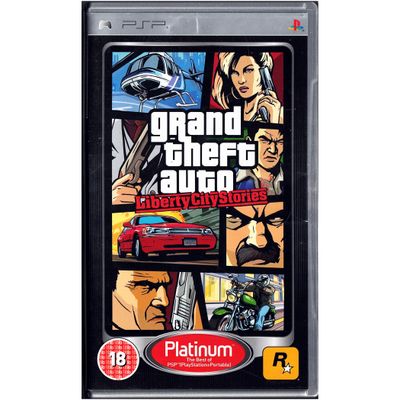FRONTIER ELITE II CD32
Liknande produkter
Beskrivning av FRONTIER ELITE II CD32
FRONTIER ELITE II CD32
Frontier: Elite II is a space trading and combat simulator video game written by David Braben and published by GameTek in 1993 and released on the Amiga, Atari ST and DOS. It is the first sequel to the seminal game Elite from 1984.
The game retains the same principal component of Elite, namely open-ended gameplay, and adds realistic physics and an accurately modeled galaxy.
Frontier: Elite II had a number of firsts to its name. It was the first game to feature procedurally generated star systems. These were generated by the game aggregating the mass of material within an early solar system into planets and moons that obey the laws of physics, but which have slightly randomised material distribution in order to ensure each system’s uniqueness.
It was followed by Frontier: First Encounters in 1995 and another sequel, Elite: Dangerous in 2014.
There is no plot within Frontier, nor are there pre-scripted missions (as there are in its sequel, First Encounters). Instead, players explore space while trading legally or illegally, carrying out missions for the military, ferrying passengers from system to system, engaging in piracy or any combination of the above. As a consequence, Frontier cannot be completed or "won", and players instead decide what to aspire to and set out to achieve it.
In Frontier, the player begins in the year 3200 and assumes the role of one of Commander Jameson's grandchildren, having inherited one hundred credits and an Eagle Long Range Fighter from him. By the game’s standards, these are very modest resources, and are intended as a spur to encourage players to earn money by whatever means they feel is appropriate.
Though the plot is minimal, some background information about the universe of Frontier is provided. There are two major factions in the galaxy: The "Federation", based in the Sol system, and the "Empire", based in the Achenar system. These two factions are bitter enemies, but at the time of the game they have established a tense cease-fire, akin to the Cold War. Players are free to side themselves with the Federation, the Empire, both, or neither; the game does not restrict one's political career. Both sides have military forces that a player can run freelance missions for, with successes leading to a military promotion. The ranks of the Federation and Empire are independent of each other. Playing for both sides adds to the difficulty to acquire a rank promotion for either.
As with Elite, much of Frontier is concerned with trading: players can buy and sell a variety of goods—from food and computer parts to guns and slaves—with the aim of making the most profit possible from each trading run. Thus, learning to compare prices in various systems is essential for profitability, and calculating overheads for each trip (such as fuel, missiles, and hull repair) are essential skills. It often becomes apparent that a particular trading route is profitable, such as the Barnard’s Star - Sol route. It is worth noting that some trade goods (particularly narcotics, nerve gas, weaponry and slaves) are illegal in many systems and attempting to trade in these can result in a fine from the police, which can often escalate into violence if not paid. However it is often worth the risk as illegal goods generally carry a very high price on the black market.
Frontier substitutes Elite’s arcade flying style for one based rigidly on Newtonian physics: momentum must first be neutralised to bring the player's craft to a stop, and turning 180° has no effect on the direction of travel until previous momentum has been counteracted. The craft’s control is largely left to the player, but often day-to-day tasks such as navigating from a hyperspace exit-point to a desired planet or space-station and docking can be handed over to a ship's autopilot. Travel within a star system occurs across realistic distances at realistic speeds, and therefore even with the fastest ships capable of more than 10G of acceleration, intrasystem travel can take many hours. Therefore the game provides an "accelerate time" function that makes game time pass at 10, 100, 1000, or 10,000 times the normal rate.
The issue of interstellar navigation is solved by the use of a hyperdrive to travel between stars. The player can select a system from the star map and "jump" to it, provided they are reasonably far from a settlement. They then arrive at the outskirts of that star system and must make their way to their destination. A ship's maximum range is calculated according to its mass, so small, light ships can have impressively large ranges. The time taken to travel the maximum range is always exactly one week, with shorter jumps taking less time. Unlike the rest of the game's travel these jumps are not experienced in some multiple of real time and appear almost instantaneous (theories range from suspended animation to extreme time dilation). A hyperspace jump leaves a visible remnant, a "hyperspace cloud", at the entry and exit points. These are visible for some hours afterwards, ostensibly making it possible for pirates and assassins to track a ship through hyperspace, arrive at its destination first and attack without police intervention.
Sooner or later the player will run into enemies, most likely in the form of space pirates. The different star systems have differing government and social structures, meaning that some systems are safer than others. The Core worlds are usually the safest, with anarchic systems being the most hazardous ("Riedquat" and "Phekda" are amongst the most notorious anarchies in the game). Combat is handled completely realistically. In practice, this means both ships taking slingshot thrusts at each other, lasers being fired constantly at each other, until one of the ships is destroyed. All enemy ships destroyed count towards the player's combat rating, starting at "Harmless" and progressing towards "Elite".
The game's copy protection was worked into the game in the form of police spot-checks, making sure the player is the legitimate owner of his ship. At certain intervals in the game, the police would ask the player to "please enter the first letter of word X, row Y on page Z" of their ship's manual (which the game manual ostensibly was). If the player entered a wrong letter on three occasions, he would be arrested and his ship impounded, at which point the game ends.
Comparisons with Elite
Frontier has more advanced graphics than Elite, but this is mostly due to the differences in the underlying computer platforms, as the Amiga, Atari ST and IBM PC offered much more power than the BBC Micro and Commodore 64. The graphics engine was advanced for its time, featuring curved Bézier surfaces, and texture mapping in the PC version.
Frontier operates on a very large scale compared to previous games, and most games since. It is, for example, possible to do realistic gravitational slingshots around supermassive stars and large planets, and in the same engine fly close enough to the ground to read the (accurate) time from the face of a clock.
Frontier built on Elite in other aspects as well. It is possible to freeform seamlessly land on planets, something not possible in the first Elite. Most stars also have a system of planets around them, while in the previous game there would only be a single planet and space station in every system. In addition to this some real stars had been placed in the Frontier universe, mostly near Sol, such as Alpha Centauri and Sirius. Other brighter stars such as Altair, Antares, Betelgeuse and Polaris, which are much further out, are also included. All planets and most major moons in the Sol system can also be visited. On zooming out, other galaxies are visible, although these other galaxies are simply duplicates of the first, and not accessible in all versions of the game.
Similarly to the original Elite, Frontier offers dozens of ships, from small but fast fighters like the Eagle, multi-role traders like the Cobra to huge cruisers such as the Anaconda or the Panther. Players may own only one ship at a time, so when a new ship is purchased, the old ship is part exchanged (i.e. traded in with most of its trade value deducted from the new ship’s price).
KOMPLETT I BOX - FINT SKICK
